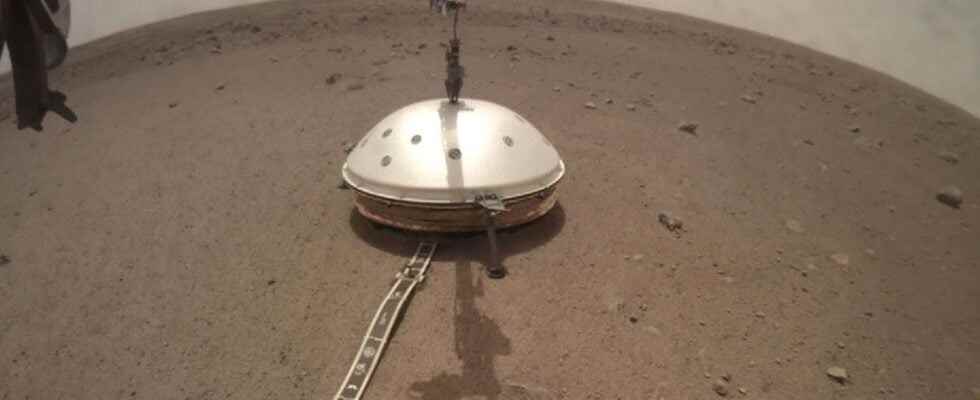Seis is the name of on-board seismometer aboard Nasa’s Lander InSight, the first mission dedicated to the internal study of Mars. InSight landed on Mars on November 26, 2018, and the instrument was deployed using an arm robotic on December 19, 2018, then started its activity at the end of February for a duration at least one Martian year, which is about two years for us.
This seismometer French aims to study the internal structure of Mars by listening to earthquakes that are shaking the planet. It was carried out in France by Cnes in partnership with the Institut de physical du globe de Paris (IPGP), Sodern, the Swiss Federal Institute of Technology, the Max-Planck Institute for Solar System Research, L’Imperial College and JPL (Jet Propulsion Laboratory). Its development required more than two decades of development for engineers. It benefits from all the work carried out on previous missions, in particular Mars 96 and NetLander, which unfortunately did not succeed.
An unprecedented mission to Mars with, at the end of the day, an exceptional scientific return
For the first time, a mission to Mars will radiograph the internal structure of Mars in order to better understand its evolution, and more generally that of terrestrial planets. Such a study has never been conducted, with the exception of the use of radar onboard orbiters, and the seismic activity of the Red Planet, clearly lower than that of Earth, remains largely unknown.
The first objective is to detect earthquakes and the second is to determine an average model of the planet, that is to say to evaluate the radius and the depth of the core, if it is liquid or not, the thickness of the crust and the average structure of the coat and its discontinuities. The idea is to obtain a model of the internal structure of Mars corresponding to the average vision that we had of the Earth in the middle of the XXe century.
You will also be interested
Interested in what you just read?
.
fs4
